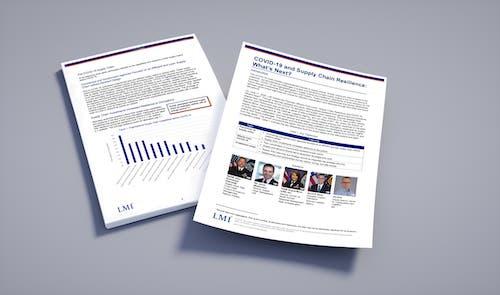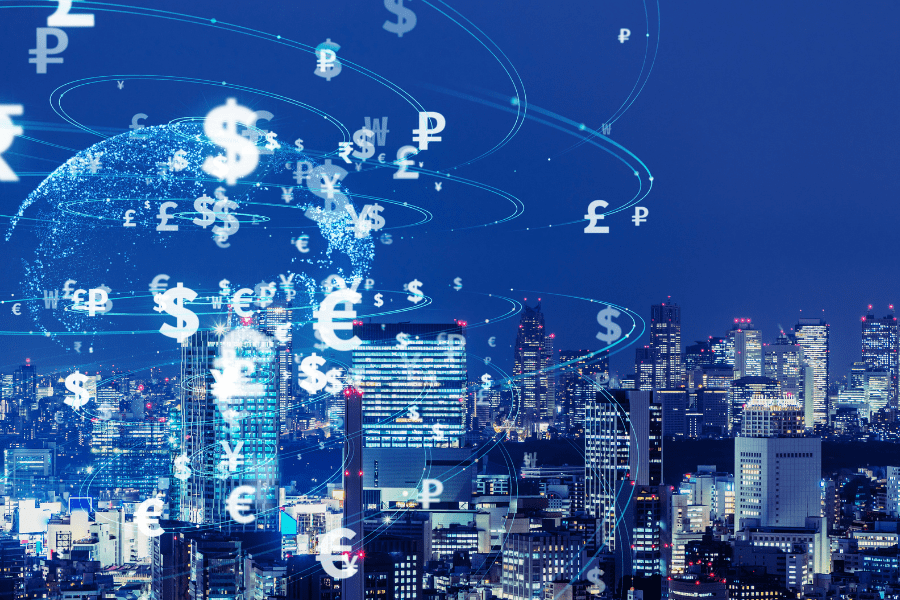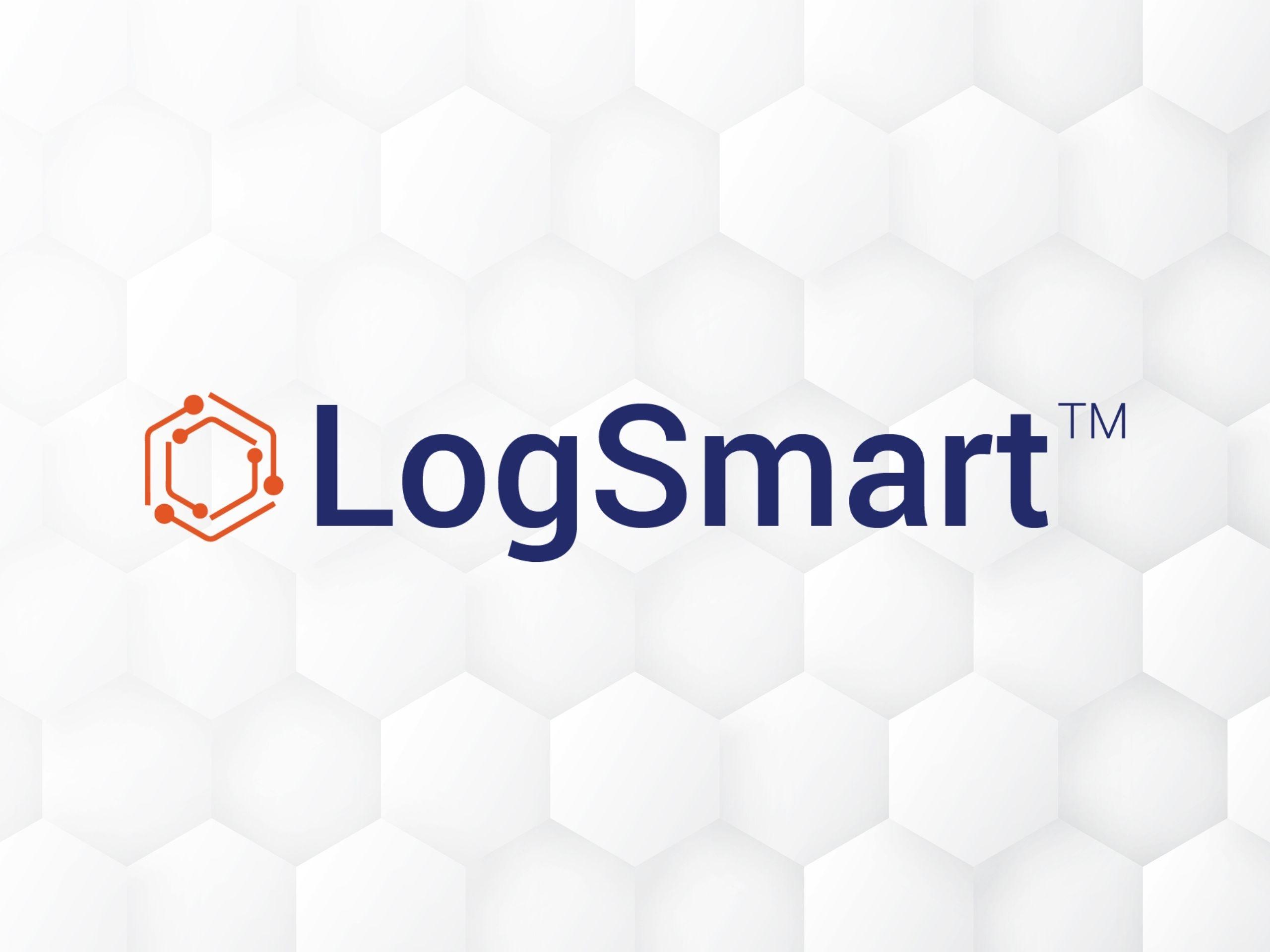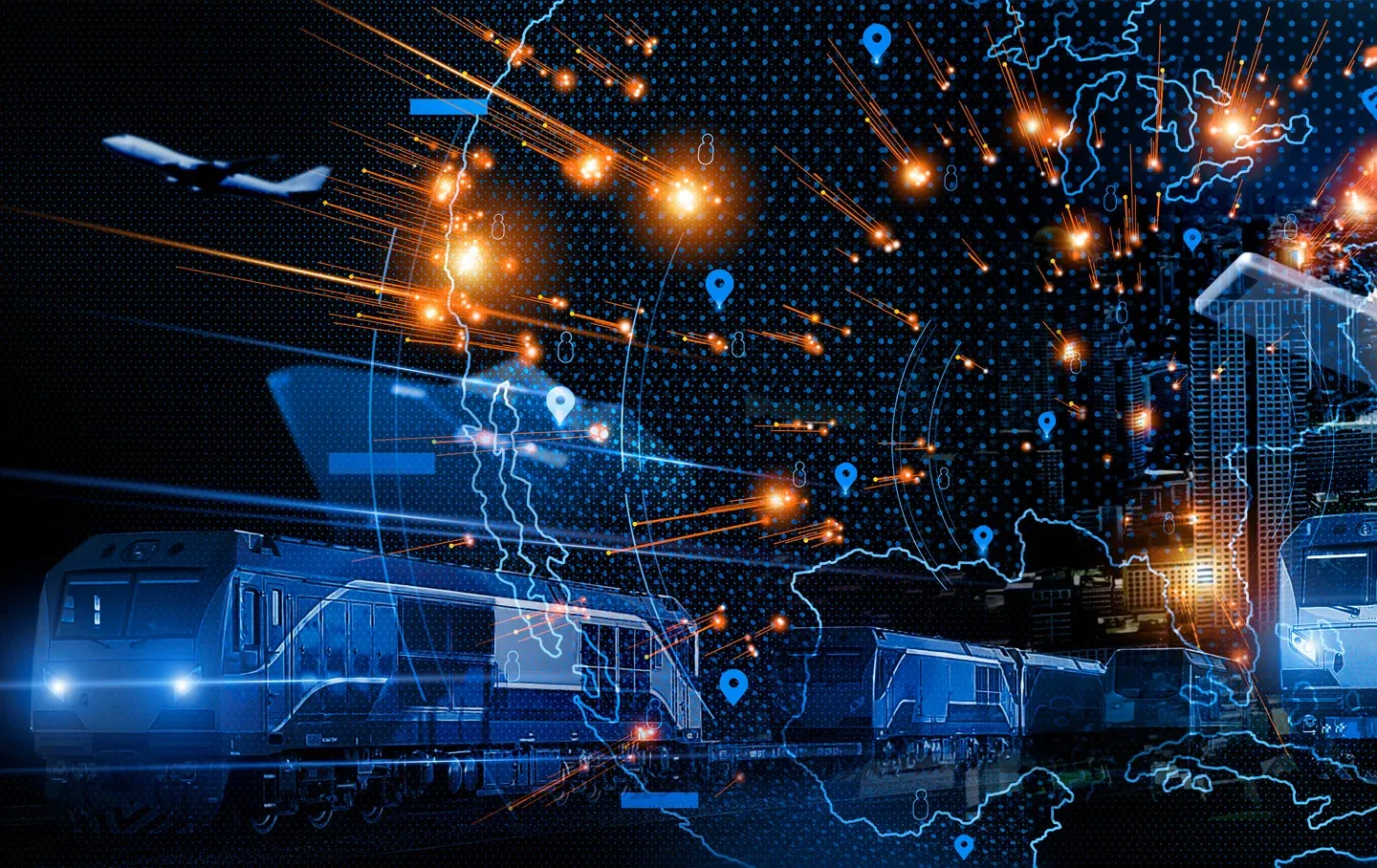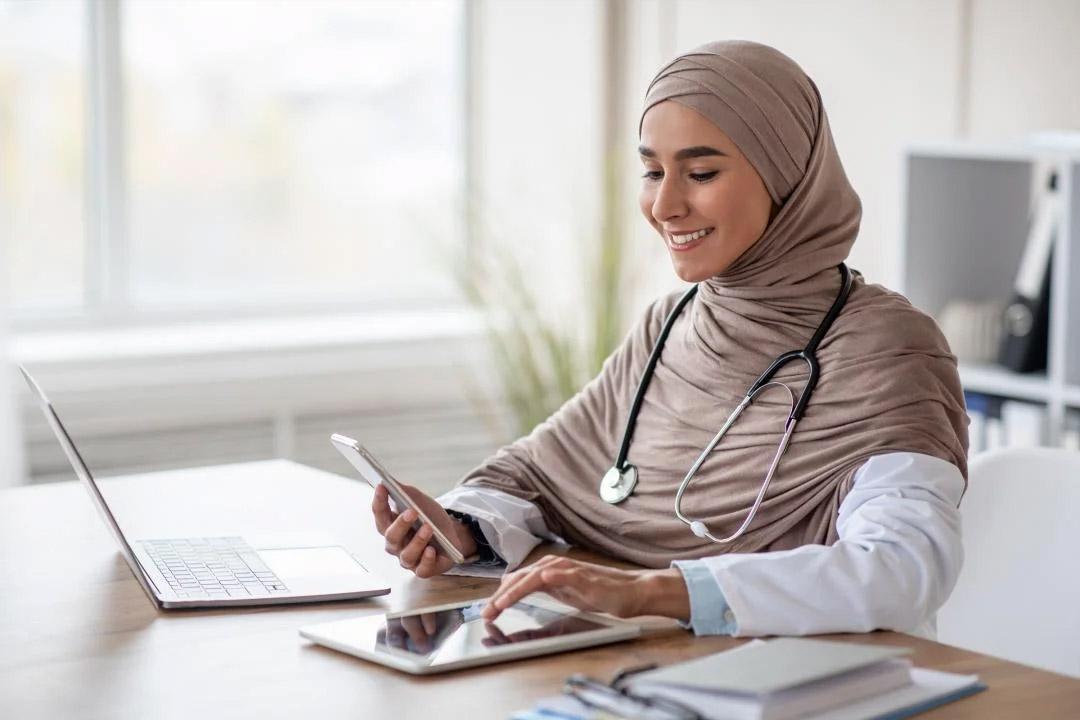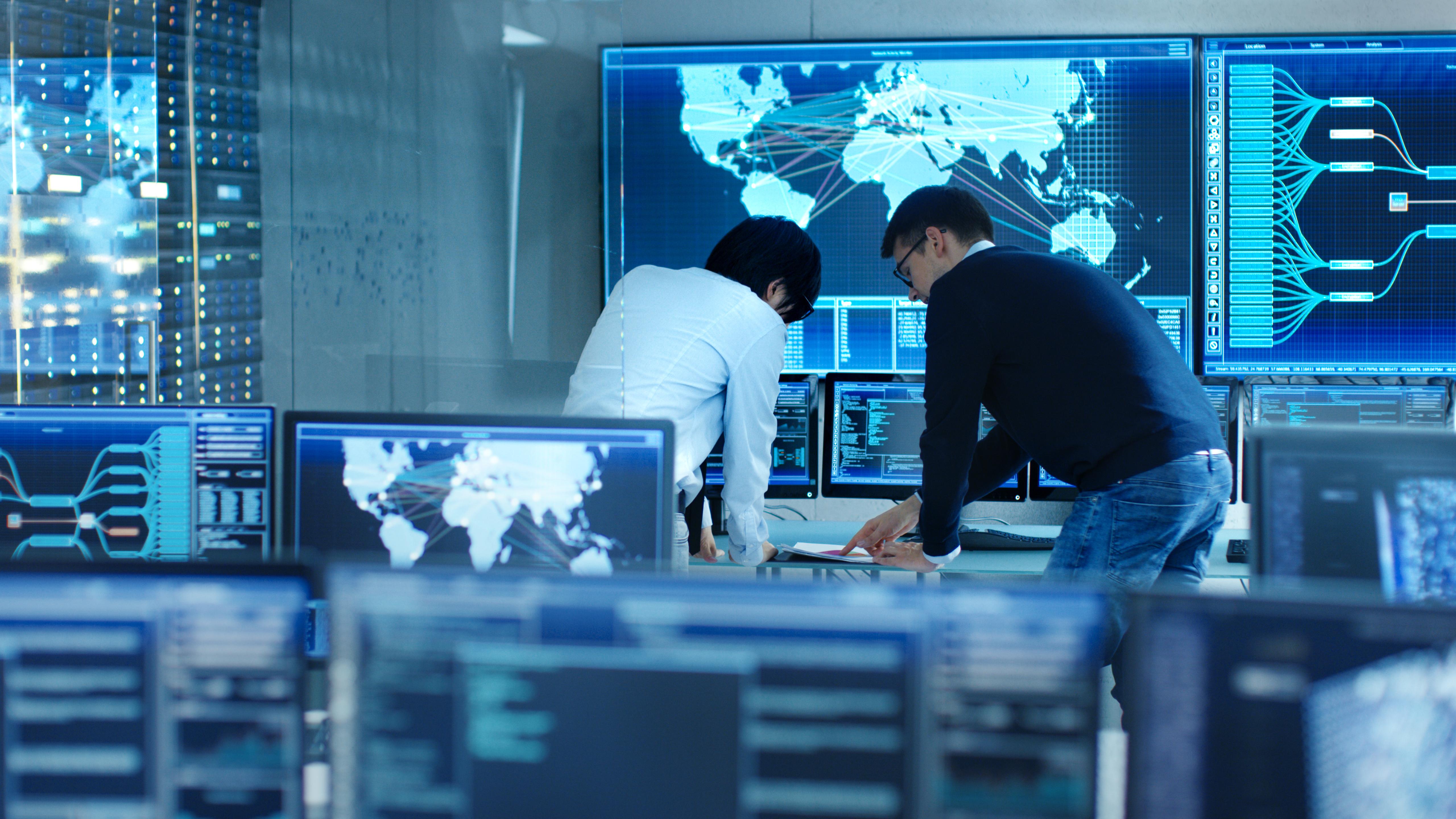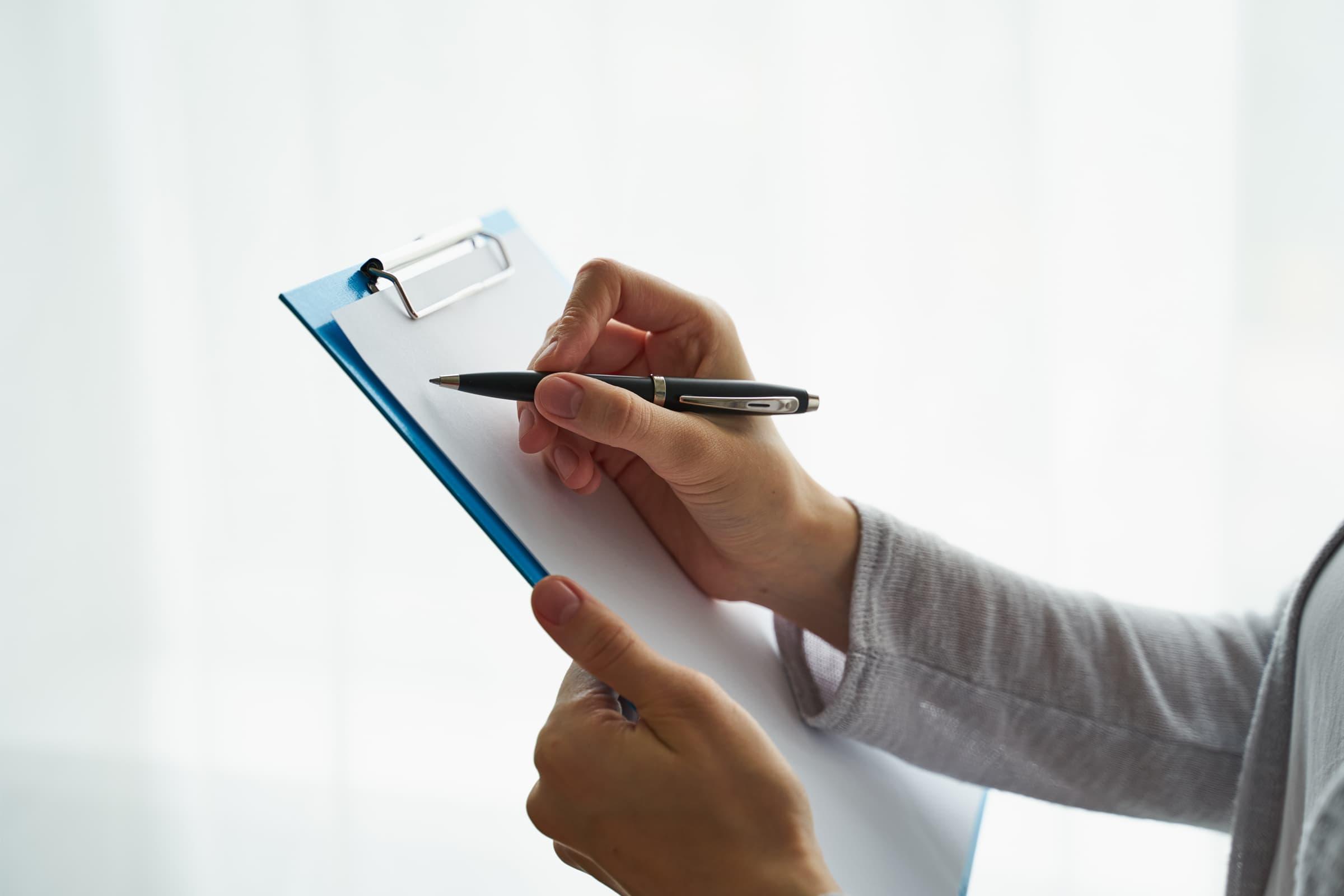
Redefining Business Optimization in the COVID Era
Bruce Kaplan Pandemic Response Support, Organizational Transformation, Logistics, Risk Management, DoD Supply Chain, Military Readiness, Predictive Analytics, Disaster Preparedness, DistributionOrganizations pioneer and adapt technologies to optimize operations all the time. The assembly line increased production of goods; the computer automated accounting functions. Efficiency and resourcefulness are hallmarks of well-managed organizations in every industry. For generations, we have strived to run lean and mean, predicating decisions on the most likely operational environment.
We have witnessed the limits of this approach in 2020. The COVID-19 pandemic presented a most unlikely environment: disruptions to production and distribution operations worldwide, critical demand for medical equipment and supplies that strained capacity, and a dramatic shift in consumer behavior as public accommodations closed and people quarantined at home. Less gas and sporting goods, more streaming services and Lysol wipes.
The pandemic may have been unexpected, but precautions could have mitigated the shock, particularly in public health. However, these measures fit poorly in our traditional risk calculus. Maintaining emergency stockpiles when there’s no emergency is a suboptimal use of assets; so too is domestically producing items, like N95 masks, that can be acquired more cheaply from overseas. Only when circumstances severely darted off course did we realize the narrow construction of our practices. Operating for the best-case scenario, or close to it, leaves sparse readiness for much else.
Operating for the best-case scenario, or close to it, leaves sparse readiness for much else.
COVID-19 should mark a paradigm shift in business operations. For all our ingenuity, we are not prescient. Leaders from the boardroom to the factory floor must contemplate risks—especially the highly remote and devastating ones we don’t want to think about, like a 100-year flu or natural disaster—and plan how their organizations will adapt. Before, resiliency was a nice-to-have competitive advantage. Now, with potentially 60 to 90 percent of manufacturing firms facing significant losses from COVID-19, according to a harrowing assessment by management consulting firm Oliver Wyman, resiliency is a matter of survival.
A Mindset for Resiliency
Organizational resiliency begins with a mindset that takes nothing for granted, challenging notions of demand, supply, and operational normalcy. It requires a deeper examination of the supply chain, displacing wishful thinking with outright skepticism. If a component or raw material were no longer accessible through typical channels, could it be substituted? If so, how would the substitute be produced or acquired? If a disaster disrupted demand indefinitely, could production shift to more viable consumer needs or response efforts in the aftermath? (The ingenuity of industries from breweries to cosmetic companies to meet demand for hand sanitizer is one recent illustration.) These questions are an uncomfortable, but necessary, step to more resilient operations.
Leaders must instill a long-term outlook, resisting tunnel vision on the next quarter’s performance. Optimization, usually in the context of maximizing profits, must be tempered with resiliency-minded investment. Technologies, like data analytics and digital thread, can reveal operational vulnerabilities, helping leaders anticipate and mitigate pain points. Too easily, such investments are deferred for near-term gains—often making companies more vulnerable in the process.
Metrics That Matter
Rather than seeing a zero-sum relationship between short-term optimization and long-term resiliency, organizations must capture overall operational health better. Just as cash reserves are an important barometer of a company’s capacity to weather unexpected expenses, organizations must identify and value metrics that indicate its resiliency posture. These measures may vary across and within sectors. What matters is that they, and what they connote, are valued internally and conveyed externally (to shareholders, for example) as appropriate.
Resiliency does not diminish the value of forecasting. On the contrary, projecting an expected path and aligning operations accordingly is appropriate due diligence. However, COVID-19 revealed the fragility of those forecasts and the need to account for their variability. The world often disagrees with our best intentions. Labor disputes close ports and factories; new trade agreements raise costs or lower access to materials. The peak of hurricane season is fast approaching, on the heels of five years with 10 or more distinct billion-dollar disaster events in the U.S., according to the National Oceanic and Atmospheric Administration. And the final chapters of COVID-19 are not yet written. Preparing for the future—the one we expect and especially the ones we don’t—must begin today.
Kaplan in Wall Street Journal
Bruce's letter to the editor appeared in the August 31, 2020 print edition of the Wall Street Journal. The letter, in response to the August 22, 2020, article, "The Covid Storm: Why Aren't There Enough Paper Towels?", encouraged business leaders to make resiliency an intractable aspect of operations.
Read the letter

Bruce Kaplan
Fellow Emeritus, Logistics Strategy and IntegrationWith more than 35 years of experience in program management, source selection, information systems requirements and tools, and supply chain logistics, Bruce is one of LMI’s leading innovators and solution architects. He focuses on processes and technologies that cross organizational and functional boundaries to improve customer outcomes.









